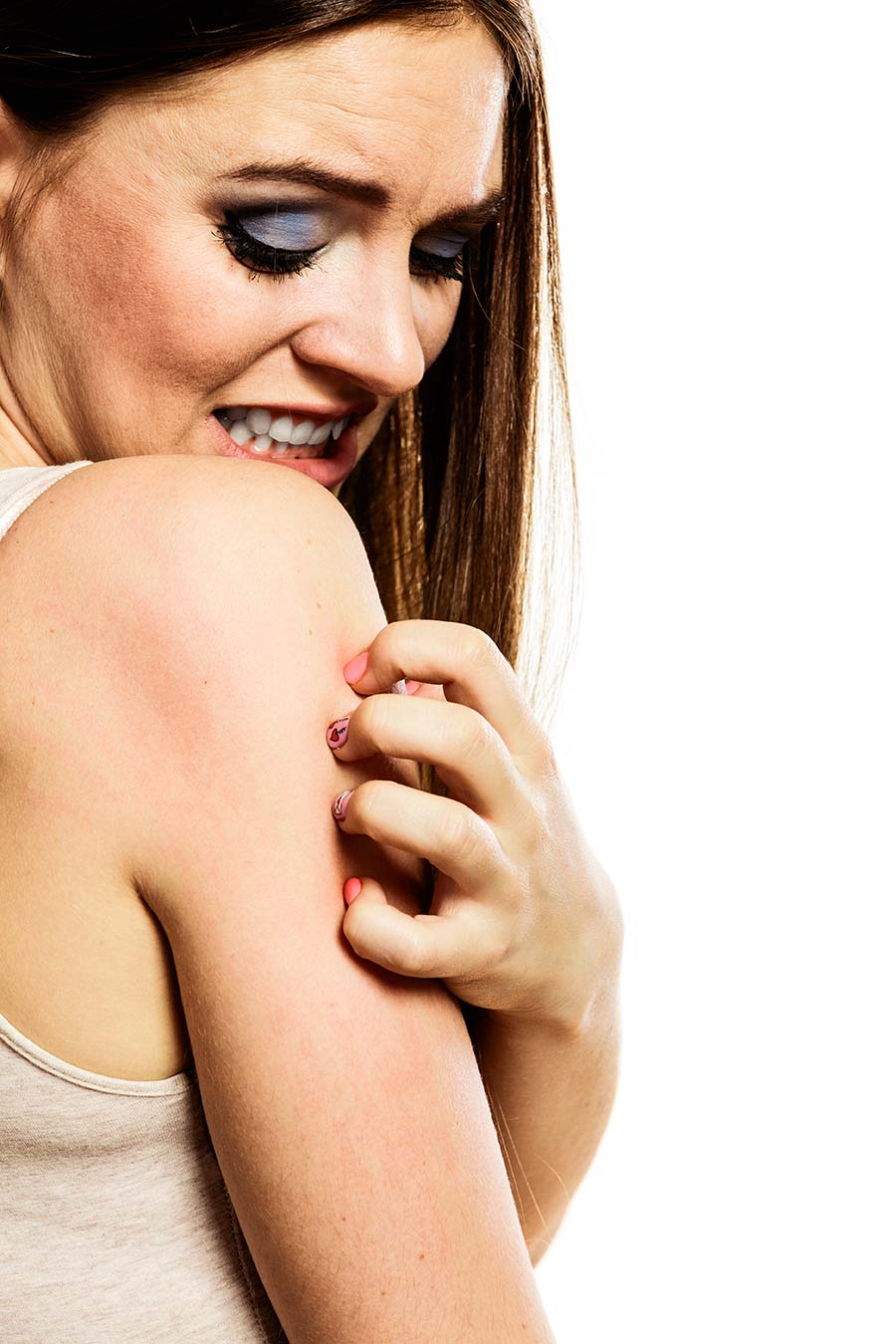Poison ivy: It’s an itch
The police call it a BOLO—be on the lookout, and that’s what you must do when you among the lush foliage where poison ivy blends in so well.
Setting out for a week of camping in the woods or settling in for the summer at the cottage can bring excitement and adventure, but it also can bring problem that ruin your time away. Being prepared to manage basic medical events may save your summer. With a little awareness and some supplies in the backpack, you can treat a mild case poison ivy successfully on your own.
Poison ivy is the plant identified by the age-old phrase “leaves of three, let it be.” While a keen eye can identify it, keep in mind when you are cleaning up an area of shrubs, poison ivy may be within the larger brush. Others may not know what to look for and come in contact with the plant while hiking or gathering kindling. If contact occurs and a rash develops, the classic symptoms are red, rough, raised, vesicular lesions that ooze, itch, and cause general discomfort. They will be anywhere the body touched the plant, as well as areas that came into contact with contaminated hands or clothing. Always wash your hands and all clothing that comes in contact with poison ivy oil.
Treatment is generally simple. Wash the area with soap and water and apply calamine lotion for the itch. Cool compresses provide some symptomatic relief, but to really settle the redness and itchiness, a hydrocortisone cream works well. While low-dose hydrocortisone creams can be purchased over the counter and are a good place to start, if they don’t relieve the symptoms, a medical visit and possibly a prescription-strength cortisone cream may be needed. Oral antihistamines also may help relieve the body’s reaction; however, if there are any signs or symptoms of a major reaction such as difficulty breathing or swelling of the eyes or lips, seek emergency attention immediately.
It also is important to monitor the rash for signs and symptoms of a possible secondary bacterial infection due to opportunistic bacteria that may infect within the rash. Infection often is caused by bacteria under the fingernails being transmitted by itching. Though it may seem impossible, avoid scratching. Signs of infection include worsening redness, pain, swelling, and discharge. For this, seeing a doctor is advised. Additionally, go to the doctor if the rash is around the eyes or genitals. You may need oral steroids only a doctor can prescribe.
Keeping a tube of hydrocortisone cream and calamine lotion on hand while away from home may allow you to treat a minor case of poison ivy. Reviewing pictures of poison ivy before heading out for a trip or, even better, keeping a small book of local plants on hand to review, may also help avoid this aggravating plant.

